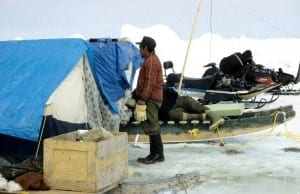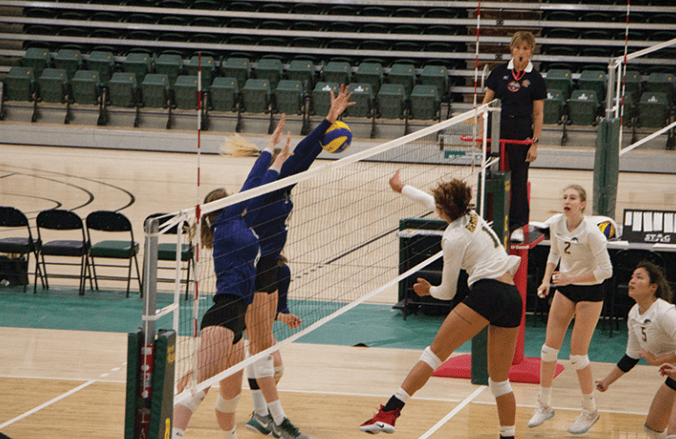Food in the North

Inuit health in decline
The state of Inuit health is abysmal and in decline. Since 2001, there has been a substantial decrease in the health of our Inuit populations, as is reported in the Aboriginal Peoples Survey (APS).
On Aug. 26, an article titled Inuit Health: Selected findings from the 2012 Aboriginal Peoples Survey, was released by Statistics Canada. It reported on the health of Inuit peoples in Northern Canada in relation to national averages. When compared, a stark contrast is seen.
The article reports that “over half” or 52 per cent of Inuit 15 years and older reported smoking daily, while the national average is 16 per cent. Also, Inuit in the same age category reported that only 45 per cent were in excellent or very good health, compared to the average Canadian reporting 63 per cent.
Francis Lévesque, a professor at the Université du Québec and Coordinator of Research Committee on Nordic sustainable development, said, “one of the most important factors is food up north.”
Lévesque explained that cost alone can cripple families looking to eat healthy.
“People in Inujuak, for example, will pay 86 per cent more for food than people in southern Canada.”
Food may seem like an innocuous cause of these issues, but as the article states 41 per cent of Inuit 15 years and older “lived in households that experienced food insecurity.” The national average is 8 per cent.
Paul Brenneman, a sales rep with AbbVie Corporation, has experience with food scarcity in the region.
“You can bring things in by large float transport in the summer, but in the winter you can’t. So, all your perishables have to come up by air; there’s no road system that connects the communities.”
The communities referred to are the 25 communities of Nunavut, accounting for 36,408 people, according to the Nunavut Board of Statistics.
“Up north to provide a week of healthy food for a family of four is between $300 – $450 and in the south, that would cost $200 – $250,” says Paula Arriagada, a Research Analyst in the Aboriginal Statistics Program.
Considering the cost of food, especially healthy perishable food, the distance, isolation and subsequent cost can be devastating.
A lack of health care workers and facilities compounds this problem.
“Doctors are not available in the area, and that’s a huge problem” says Arriagada, adding that Inuit peoples are less likely to receive medical and dental checkups, which leads to further problems.
“I think it’s weird that in a country like Canada, we allow people to live in conditions that are similar to third world countries,” says Francis Lévesque. “It’s weird that we don’t pay too much attention to that as a nation. We have a serious issue here.”









